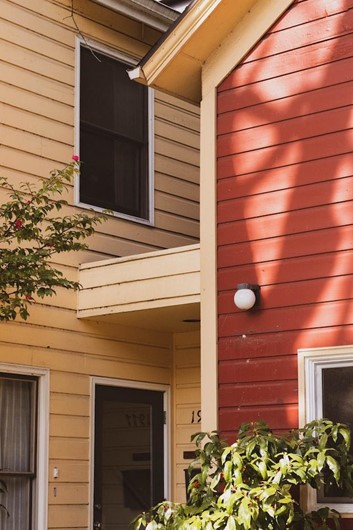Gary Nakauchi owns and operates several multi-family rental units in the Phoenix area. Gary shares with us in the following article how investment properties make money, how they make money, and how potential investors can take their first steps on the journey to benefitting from this popular real estate opportunity, as he explains in more detail. Looking to get started in real estate in a way that’s not only beneficial but popular for its proven cash-flow-increasing capability? Look no further than multi-family units.
For reference, multi-family investments refer to purchasing properties such as condos, apartment complexes, or even duplexes that offer more than one living space to offer to tenants to rent a living space. As a result of the ability to generate a consistent level of cash flow throughout the year, the ability to deduct interest expenses, and the ability to deduct depreciation expenses, Mr. Nakauchi considers this to be an excellent investment.
Multi-Family Investments
Aside from owning, leasing, and utilizing real estate property as a long-term source of income, Gary Nakauchi says there are a variety of ways to become involved in the real estate market. The difference between multi-family properties and single-family investment properties is that multiple units usually have a higher rate of cash flow than one that stands on its own, can qualify for better loans, and have 1 roof vs 10 roofs to maintain. The various types of properties where more than one family can live in include:
- Duplexes
- Fourplexes
- Triplexes
- Garden Apartments
- Townhouses
- Bungalow Courts
- High Rise Apartments
- Multi-story Apartment Buildings
- Condominiums
- and Trailer Parks
Basically, any type of building that allows more than one tenant to occupy a unit on that same piece of property is considered “multi-family” in real estate terms. Not only that, but oftentimes, owners also live in a unit located within these properties, which is beneficial in many ways. As the neighboring tenant then pays for the mortgage on the entire property.
 Making Money with Multi-Family Investments
Making Money with Multi-Family Investments
The amount of money prospective investors can make from multifamily properties is the most important question for them, says Gary. After all, there are many aspects to owning and renting property. Sometimes it’s how much risk you can manage without reducing potential gains, and sometimes it’s adding experience to one’s resume and portfolio by teaming up with other more experienced investors.
In any case, multi-family units can provide these benefits that can make investors money quickly. These are outlined in the brief list below:
- Lower Risk – Owning and investing in single-family properties may have vacancy loss; between tenants moving in and out; meaning that the property owner is making no money during those circumstances yet still has utilities to pay. However, with a multi-family unit, chances are very low that the property is completely empty of cash-providing tenants at any time.
- High Cash Flow – A multi-family property is designed as a medium-term rental, usually one year. These yearly contracts provide a non-permanent housing option for individuals or families looking to renew a lease after the year or move on to another property. This type of rental agreement provides the building owner with consistent and stabilized cash flow, with the constant influx of new tenants. More than one tenant in a building equals more than one source of income for investors and provides a safety buffer in case one unit of the property is between tenants.
- Expansion of Portfolio – Those who get into the real estate game usually do so to turn a profit and reach financial goals quickly by working the system in their favor. There is no better way to gain momentum in this than by building a great portfolio. Multi-family property investments provide large amounts of experience within a portfolio, and oftentimes investors pool their money together with other investors in syndication, so they together can purchase large properties between 50 and 100 units or more, across various states to spread the risk over different economic areas.Having explained the key components of successful multi-family investments by Gary Nakauchi, let’s take a moment to review how you can actually get involved with these properties, and how to locate available units in these properties.
How to Get Started
One of the first things to consider when getting ready to make a multi-family investment is to consider the location. For example, according to QC Capital, the highest-thriving locations for multifamily real estate are in Tucson, Boise, Salt Lake City, and Phoenix, Arizona.
It’s best to start small with residential properties that have 2 to 4 units. Once experience is added to an investor’s list of skills, they can consider moving on to larger or “commercial” properties. This is commonly the best strategy when getting started because larger properties come with more complex considerations financially and can be challenging to manage, and usually the added cost of hiring a third-party property manager to maintain the properties.
In Conclusion
In conclusion, Gary Nakauchi believes that multi-family investing is one of the best ways to make money as long as certain things are considered – the location of the property before making a decision and going small with a four or five-unit property. This allows the investor to capitalize on one of the prime ways to make money – building experience.
This not only contributes to a portfolio, but also reduces risk. Multi-family properties can already save an investor money by reducing the risk of no cash flow between tenants. Finally, it is very likely that an investor will turn a profit in terms of cash flow with multi-units rather than in single-family real estate.




 Making Money with Multi-Family Investments
Making Money with Multi-Family Investments


